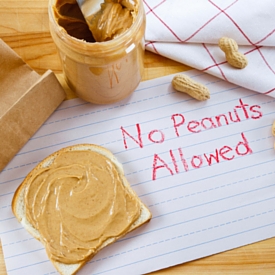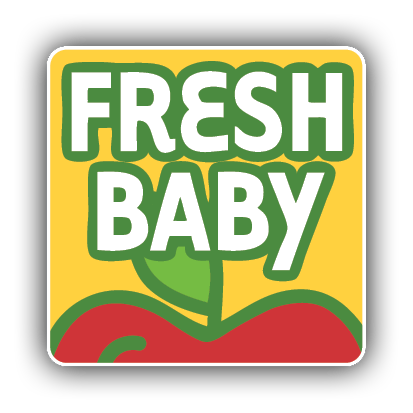
Only about six percent of all children have clinically diagnosed food allergies. This number is rather small, but food intolerance, which presents itself much like a food allergy, adds to the public perception that this is a major issue. While the medical difference is quite different, the solution to a food allergy and an intolerance is to remove the culprit food from your diet. Food allergies can be very dangerous, and early detection is critical to managing them and the health of your child. Any family history of food allergies should be discussed with your health care provider prior to introducing solid foods to your baby. Food allergies or food intolerances can occur even if there is no previous family history of such. As you introduce your child to new foods, you should introduce each new food one at a time, and watch for any changes in your child’s appearance or behavior.
Common symptoms of food allergies/intolerances include:
- Rashes or eczema, especially on the face
- Diaper Rash
- Hives
- Runny nose, watery eyes, or sneezing
- Diarrhea, gas, or vomiting
- Irritability
- Temperament changes
- Puffy eyes
- Nasal congestion
It is believed that one way to prevent food allergies is not to introduce commonly-known allergenic foods until later in your baby’s life, at 1, 2 or even 3 years old. This approach is referred to as “delayed introduction” is not proven, but often recommended. The foods that children react to are those foods they eat often. The most common food allergens that cause problems in children are eggs, milk, peanuts, soy, and wheat. A more complete list includes:
- Artificial colors and preservatives
- Berries
- Chocolate
- Citrus Fruits
- Cow’s milk
- Eggs
- Fish and shellfish
- Nuts
- Peanuts
- Soy
- Tomatoes
- Wheat
- Yeast
Fortunately, most allergic reactions in babies are temporary and the culprit foods can usually be reintroduced when the child is older. Food allergies can be very serious, so it is important to follow the advice that is given to you by a healthcare professional.
Help for the allergy sufferer: While there is no cure for food allergies, eliminating foods from your diet is often easier said than done. Reading ingredient labels of foods can be a daunting and confusing task. Eight major foods – milk, eggs, fish, shellfish, tree nuts, peanuts, wheat, and soybeans – account for 90 percent of food allergies. If you or your child suffers from one of these common food allergies, there is some good news that makes reading ingredient labels easier. As of January 1, 2006, food manufacturers must include a listing of the plain English name of these culprit foods just below the ingredient listing. These new standards provide a definite improvement for the food allergy sufferer.


